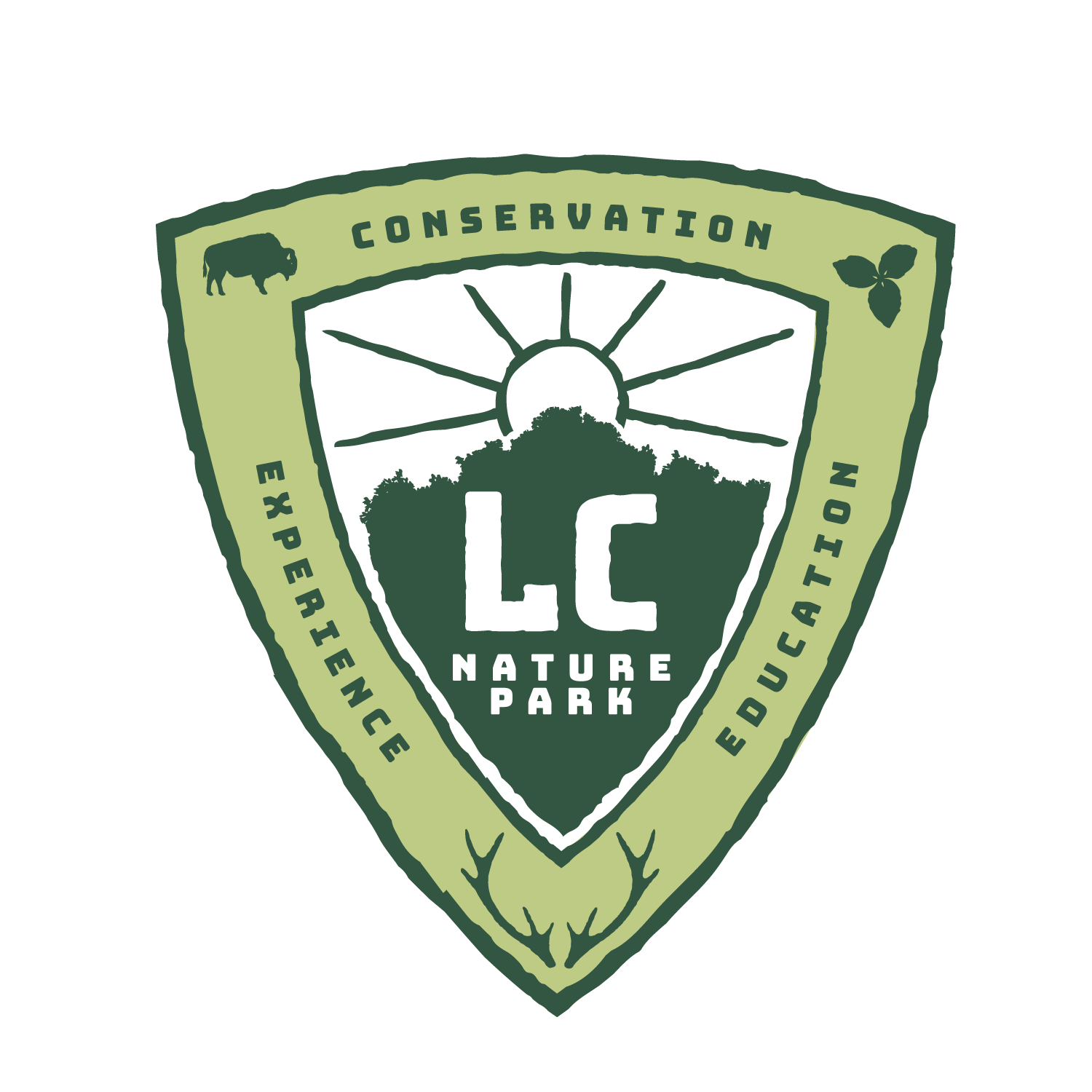Hippo Rock
Have you ever been out hiking and come across a huge rock, a boulder really, and wondered how did it get there? Here in LC Nature Park, we have a rock just like that – Hippo Rock. Hippo Rock is a really large rock. It measures 12’ long, 6’ wide, and 3.5’ tall, and as you can see in the photo, it is covered in this great blanket of moss. It sits on the north edge of the woods that cover the Dune and is surrounded by several native woodland species. Species like Wild Geranium (Geranium maculatum), Aniseroot (Osmorhiza longistylis), Bishop’s Cap (Mitella diphylla), and Wild Ginger (Asarum canadenses), all of which are protected by a canopy of Hackberry (Celtis occidentalis), Blue Beech (Carpinus caroliniana), and Spicebush (Lenderia benzoin).
Hippo Rock’s size suggests there is only one way it could have ended up where it has come to rest, and that is a flood event. But not just any flood. This flood would have to be so big that it altered the landscape permanently. And just such an event occurred right here approximately 14,000 years ago when a great wall of water rushed through the southwest of what is now Allen County and the Little River Valley towards the Wabash River. When this torrent (Maumee Torrent) of glacial meltwater rushed over and through the Fort Wayne Moraine, it created a flood so big and moved so fast that it scoured all of the soil from the Earth down to the bedrock, which is about 20-30 below the ground level today. Along with all that water came a lot of soil, sediment, stones, rocks, and boulders (like our Hippo Rock), which all acted together to carve out the Valley. There are only guesses as to why it came to rest where it did, but we surely are thankful that it did. What a great remnant of such a significant event in the history of SW Allen County and the LC Nature Park.
If you want to get a good idea of how this flood event altered the landscape, I encourage you to take a quick road trip. If you drive west from downtown Fort Wayne on SR 24 towards Roanoke and make a left turn at the Homestead Road stoplight, you will quickly descend into the Little River Valley. The road then levels out for a good distance before it begins to rise again at the stop sign at Ernst Road and up to Lower Huntington Road. You will notice that you drove over what seems like a small drainage ditch for the agriculture fields surrounding you. That is what remains of the Little River, and you, like LC Nature Park, are in its Valley.

